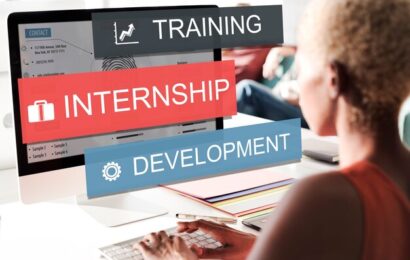
- Lectures: 11
- Duration: 6 weeks
Curriculum
- 4 Sections
- 11 Lessons
- 6 Weeks
Expand all sectionsCollapse all sections
- OverviewIn this section we'll show you how this course has been structured and how to get the most out of it. We'll also show you how to solve the exercises and submit quizzes.2
- BasicsIn this section you'll learn some basic concepts of programming languages and how to use them. You'll also learn how to write clean code using different code editors and tools.5
- AdvancedIn this section you'll learn some core concepts of Object Oriented Programming. You'll also learn how to structure the data, debug and handling exceptions.3
- ConclusionLorem Ipsum is simply dummy text of the printing and typesetting industry. Lorem Ipsum has been the industry’s standard dummy text ever since the 1500s, when an unknown printer took a galley of type.1





